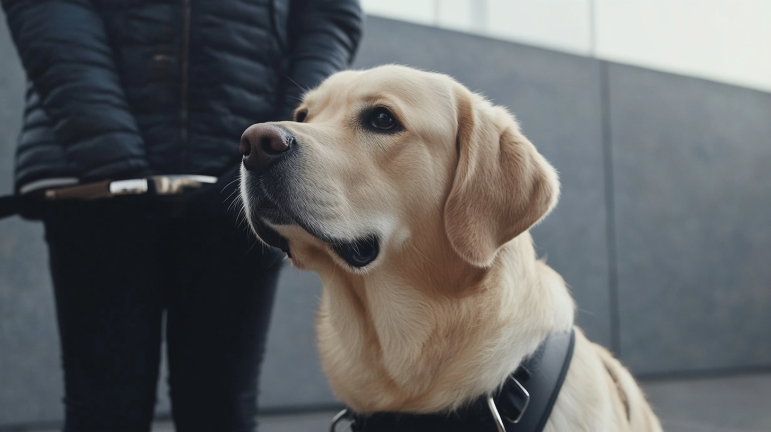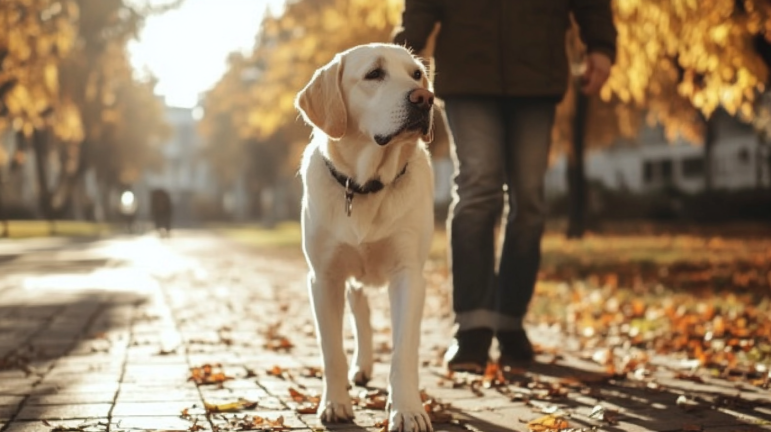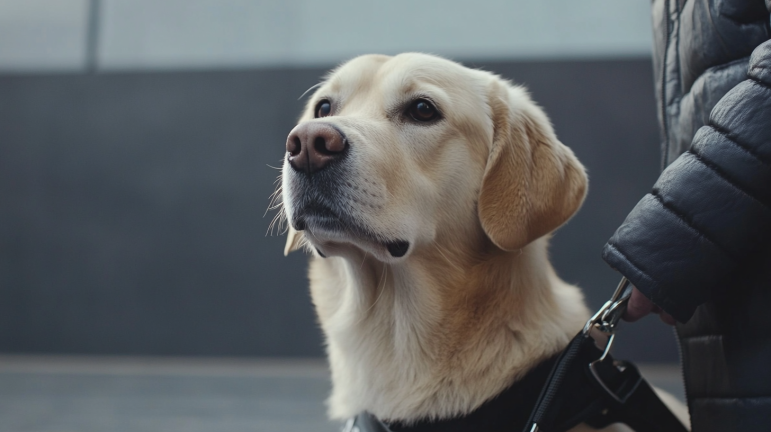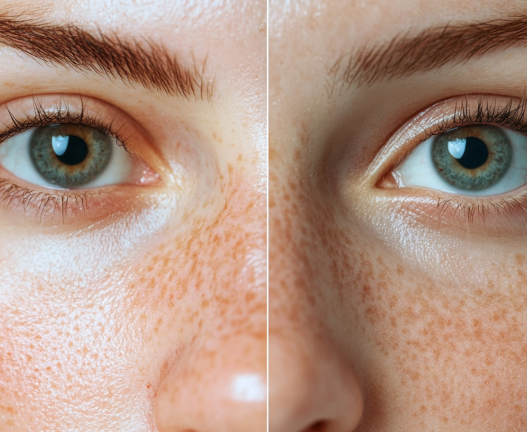Blind dogs are often misunderstood. The myths surrounding them can prevent loving homes from embracing these resilient companions. While some blind dogs may feel disoriented and prone to accidents, the truth might surprise you—most blind dogs are joyful, playful, and thrive despite their challenges. Let’s dive into the myths and realities about blind dogs and uncover the facts that can change how you see them forever!
1. Blindness Doesn’t Define Their Personality
It’s a common misconception that blindness defines a dog’s personality. Just like any other dog, each blind dog has a unique character and temperament. In fact, blind dogs often develop heightened senses like smell and hearing to compensate for their lack of vision, making them just as capable of forming strong bonds and enjoying life.

2. Adaptability is Their Superpower
Blind dogs have incredible adaptability! They might need some time to adjust, but once they do, they navigate their world with ease, using their senses to recognize familiar surroundings and remember layouts. Don’t be fooled into thinking they’re helpless—these dogs are survivors, learning and thriving in their environment.

3. They’re Just as Energetic and Loving as Any Other Dog
Another myth is that blind dogs are less energetic or affectionate. Not true! They can be just as playful and eager to engage with their owners. Blind dogs are just as ready to cuddle, play fetch, or go for a walk. Their enthusiasm for life knows no bounds, and their capacity for love is endless.

4. No, Blind Dogs Aren’t Always Afraid
There’s a prevalent myth that blind dogs are constantly scared or anxious. While it’s true that some may be initially cautious as they adjust to their new reality, fear isn’t a given. Just like sighted dogs, blind dogs have different personalities. Some are brave adventurers, while others are a bit more cautious—but none of them are doomed to live in perpetual fear.

5. Blind Dogs Don’t Bump Into Everything
One of the biggest misconceptions is that blind dogs are constantly knocking into furniture and objects. The truth? Blind dogs learn to use their other senses—smell, sound, and touch—to navigate. With a bit of guidance and patience, blind dogs can move with confidence and avoid obstacles. Simple tricks like rearranging furniture gradually, keeping pathways clear, and using scent markers can make a huge difference.

6. Caring for Blind Dogs Doesn’t Have to Break the Bank
While it’s true that the costs of caring for blind dogs can vary depending on the cause of blindness, most blind dogs do not require significantly more veterinary care than sighted dogs. Conditions like cataracts can sometimes be treated, and regular check-ups can help manage potential health issues. By staying on top of routine veterinary visits and practicing preventative care, you can provide a comfortable life for your blind dog without breaking the bank.

How Blind Dogs Play, Love, and Protect
Blind dogs can still enjoy the activities they love. Whether it’s playing with their favorite toys, engaging in social games, or exploring the world through scent, their playfulness and zest for life remain intact. They’re also highly alert and can be excellent guard dogs. Blind dogs rely on their acute sense of hearing and smell to protect their home and their family, proving that blindness doesn’t diminish their ability to safeguard what matters most.
Creating a Safe and Comfortable Home for Your Blind Dog
To help your blind dog thrive, it’s essential to create a stable and accessible environment. Keep your home clutter-free, avoid rearranging furniture frequently, and use scent and sound cues to help them navigate. With a little creativity, blind dogs can easily learn their surroundings and live with confidence.

Training Blind Dogs: A Key to Their Success
Training is vital for blind dogs. Simple commands like “step,” “wait,” or “sit” can be reinforced with touch and positive reinforcement. Patience and consistency are crucial. Blind dogs learn quickly and are capable of adapting to new routines, but they need time and support to feel secure and confident in their environment.

Frequently Asked Questions:
Can blind dogs still enjoy life?
Absolutely! Blind dogs can live joyful, fulfilling lives, filled with play, walks, and affection. Their other senses—smell, hearing, and touch—help them navigate and thrive.
Are blind dogs always scared?
Not at all! Some may be cautious when adjusting to their blindness, but they’re just as likely to be adventurous and brave.
Do blind dogs need special toys?
Yes! Toys with distinctive textures or sounds help blind dogs engage with their environment and play effectively.
By breaking these myths, we can change the way the world sees blind dogs. With the right care, training, and a bit of patience, blind dogs are just as capable and loving as their sighted counterparts. Let’s give these incredible dogs the chance to thrive!



















